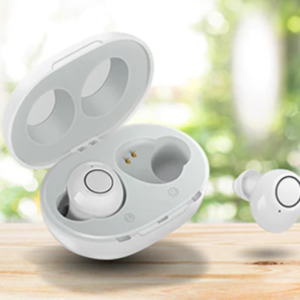Slightly abstract, the fennel could be an onion. A specimen that is a little too big and a little too green. But at the latest when the blade penetrates the tuber and no one in the room starts to cry, the uncertainty has cleared. How do we effortlessly prepare fennel? The upper stalks come off, the tuber is cut in half and then divided again in two. Remove the stalk everywhere and cut the four parts into strips.
No witchcraft. And certainly no hurdle not to bring the vegetables into the kitchen. The poet Hildegard von Bingen already knew this and praises: “The fennel, however it is eaten, makes people happy.” Why does fennel make us happy? Let’s list:
Fennel strengthens the immune system
Vitamin C is important. It acts as an antioxidant and protects our cells from free radicals. That’s why we also rely on oranges. Fennel even contains twice as much vitamin C. But that’s not all. Fennel also contains vitamins B and E, as well as folic acid, iron, magnesium and potassium.
Fennel is good for the stomach
Fennel contains the essential oils anethole and fenchol. These stimulate digestion and get the gastrointestinal tract moving. This relieves abdominal cramps. Fennel is also a good choice for flatulence – it is best to eat the vegetable raw or drink it as fennel tea (but with fennel seeds).
Fennel relieves colds and coughs
The essential oils mentioned above also have an expectorant and anti-inflammatory effect. Fennel therefore helps to clear the respiratory tract when you have a cold or cough.
Fennel makes a low-calorie snack
100 grams of fennel consists of approximately 19 calories and 0.3 percent fat. A light snack for in between. Hummus or yoghurt-herb dip spice up the crunchy vegetable strips.





